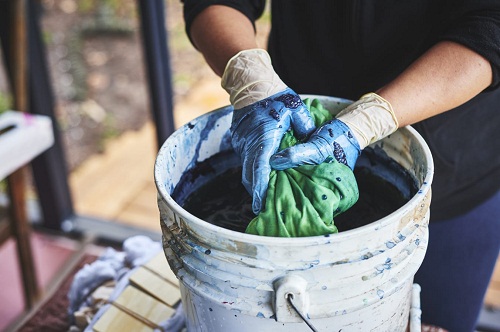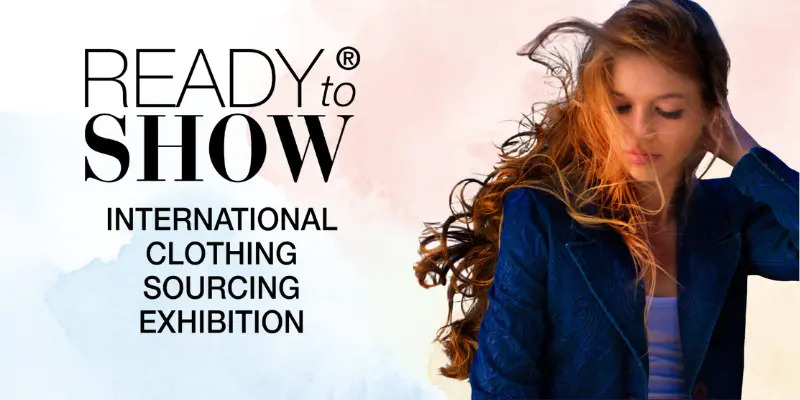
On an average, the fashion and textile industry uses around 8,000 synthetic chemicals to convert raw materials into final products. These chemicals pose health hazards not only to people using them but also fresh water systems. As per a World Bank report, the industrial water pollution generated by textile mills is a result of the 72 toxic chemicals being used while textile dyeing. This usage is mostly driven by the rapid expansion of mass garment manufacturing and the fragmented supply chains for both mass-market and luxury goods. Around 30 of these chemicals are non-removable, says a report by Eco Age. A 2011 report by Greenpeace also shows, brands and retailers seldom monitor the chemicals used in textile dyeing and finishing.
This encouraged 19 brands to launch an initiative to operate under a restricted chemicals list. Known as the Manufacturers Restricted Substance List (MRSL), the list is a blueprint for safe and non-toxic chemical usage.
Lack of regulations and poor knowledge
Devised by the Zero Discharge of Hazardous Chemicals (ZDHC) program, a coalition of fashion brands, value chain affiliates and associates, the list was created in collaboration with global textile, leather, apparels and footwear manufacturers to substitute hazardous chemicals for safer ones in the production process.
The list segregates chemicals into three categories: potentially toxic, toxic and perpetual. The third group of chemicals is known to cause disease or illness. These can neither be broken down into non-toxic forms, nor be removed from wastewater. They cannot be recycled into new materials due to the presence of these chemicals. Replacing them with non-toxic alternatives is the only option for companies using them.
However, factors like international chemical manufacturers, lack of a single global mandatory regulation, poor understanding of chemical toxicity and pressure to produce huge volumes of cheap materials quickly and manual tracing and checking of chemicals contained in formulations for dyeing and finishing, prevent this replacement.
Addressing chemical usage before design
To turn the tide on such toxic chemicals, initiatives like Cradle to Cradle (C2), the gold standard in sustainable design, has been introduced. These initiatives address chemical usage products before they are designed. Though not a complete guideline on safe chemical usage, MRSL list, however, includes many complex chemical names that are difficult to understand. The list is currently being used by a company called GoBlue in its BHive app to cross-check photos of chemical container ingredients to flag any restricted substances. The BHive app is used by brands, manufacturers and chemical providers, along with certification providers including GOTS and Oeko-tex, to cross-check certifications.
Biomaterials emerge a safer option
Another alternative for brands using textile chemicals is to create nature-based raw materials. Some of these biomaterials include seaweed that uses bacteria to develop cellulose-based materials. Companies such as Bolt Threads are investing millions of dollars in biomaterials. A company called Evolved by Nature has even developed an Activated Silk TM made from pure silk in liquid form. This product uses the natural properties of silk to eliminate the need for toxic chemicals in textiles.
The Activated Silk™ is used by brands to coat yarns to provide high-performance characteristics. It can also be used as ‘natural glue’ for recycling cashmere and wool. The material proves a viable alternative to virgin materials as it supports the structure of the regenerated fiber. Its complete biodegradability and biocompatibility also enables it to support circular design principles. Exploring non-toxic and biodegradable natural materials can help companies optimize their performance.












